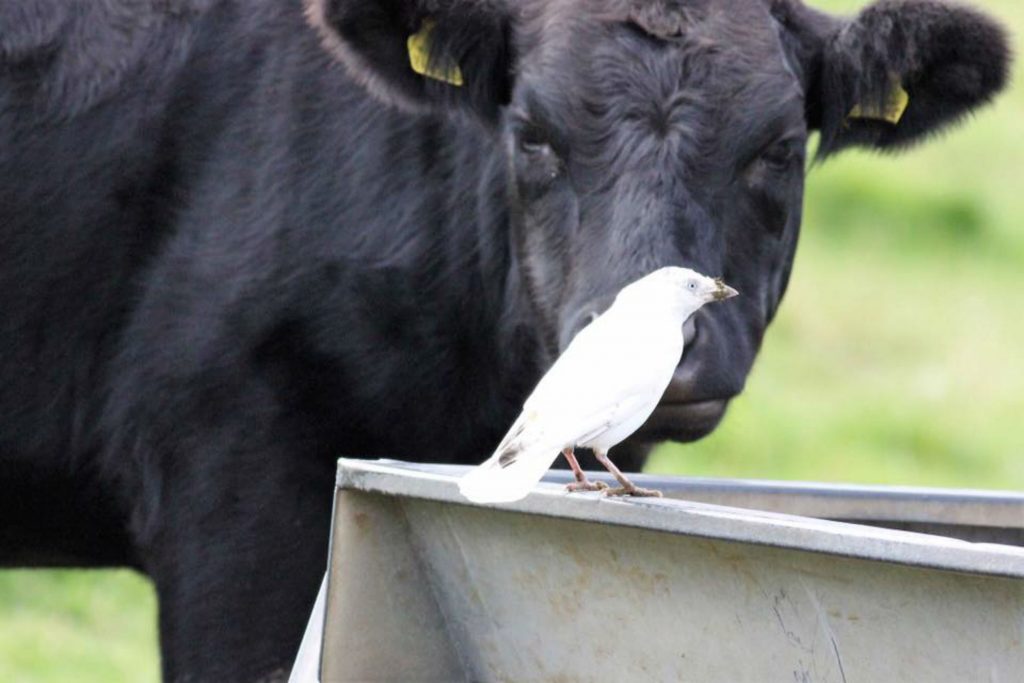22 September 2017
A puffin photograph is great
addition to any wildlife photographer’s portfolio.
The temperature of the sea is
rising and the sand eels that the puffins feed on don’t like the warmer sea
temperatures. The puffins are finding it harder and harder to find them.
But the right shot also has a
scientific value.
Throughout the summer of
2017, members
of the public have been sending the RSPB thousands of photographs of puffins
feeding in locations from as far south as the Channel Islands to
Unst in the north of the Shetland Isles.
They show that diets vary significantly across the UK.
A lack of food means that puffin numbers have dropped to around 50-60% of what they were 25 years ago.
Richard Humpage of the RSPB told Landward that this was due to climate change.
They show that diets vary significantly across the UK.
A lack of food means that puffin numbers have dropped to around 50-60% of what they were 25 years ago.
Richard Humpage of the RSPB told Landward that this was due to climate change.
